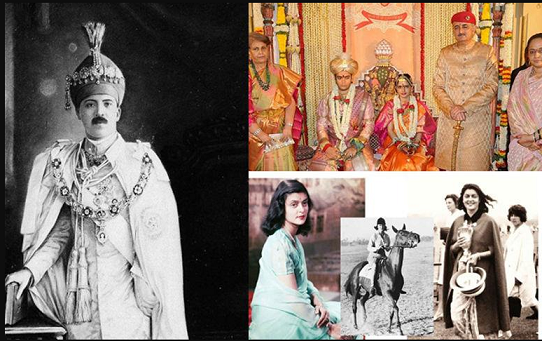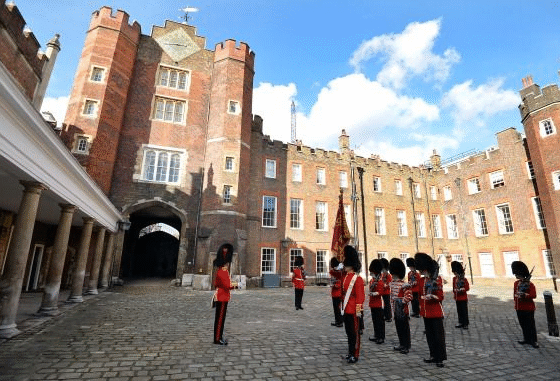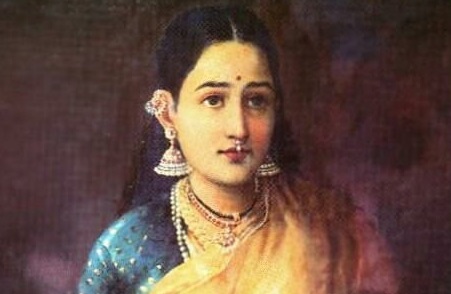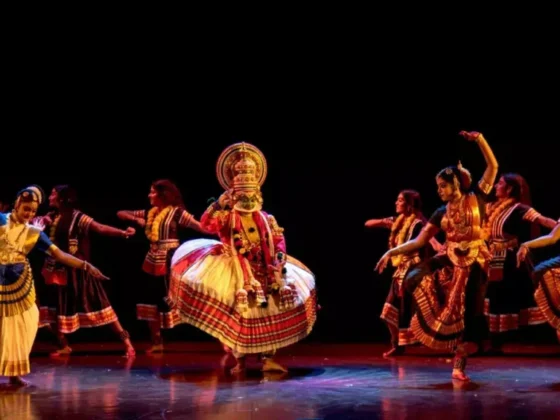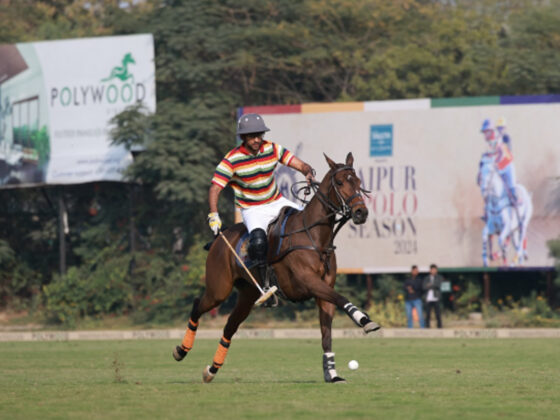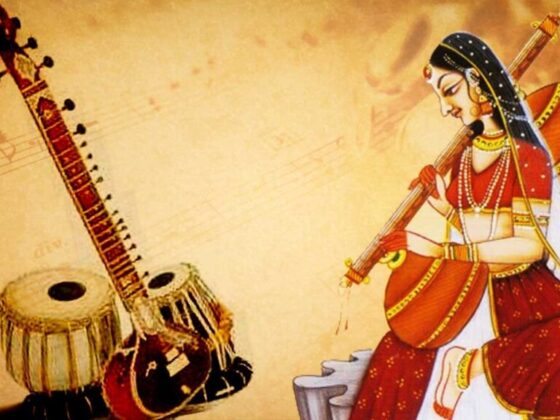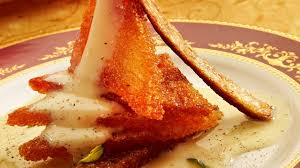The Extravagant Lives of Indian Royal Families
India’s royal families once lived in such opulence that their lifestyles would seem excessive by today’s standards. Since 1971, when the Indian government abolished royal privileges, titles, and remuneration, they lost their official status. However royal families , for thousands of years, they indulged in unparalleled luxury. Here are some royal families of their most extravagant practices before their decline.
Bhupinder Singh, the Maharaja Of Patiala

Born in 1891 in the Sikh state of Patiala, Bhupinder Singh ascended the throne at the age of nine after his father, Rajinder Singh, passed away. A board of rulers governed until he formally took power in 1909. He later contributed to the administrative units of the Allied Forces during World War I, earning honorary military titles.
Obsessed with showcasing his wealth, he commissioned one of the most expensive necklaces ever created—valued at $25 million. In 1926, he sent a trunk filled with gemstones, including a 234-carat De Beers diamond, to Cartier SA in Paris. After three years of meticulous craftsmanship, the Patiala Necklace was completed. It contained 2,930 diamonds and weighed 962.25 carats, making it the largest single commission ever undertaken by Cartier.
Bhupinder Singh was also India’s first man to own an airplane. His lavish lifestyle extended to his harem, where he had a personal team of doctors to care for any of his 350 mistresses.
Mir Osman Ali Khan Siddiqi, Last Nizam of Hyderabad
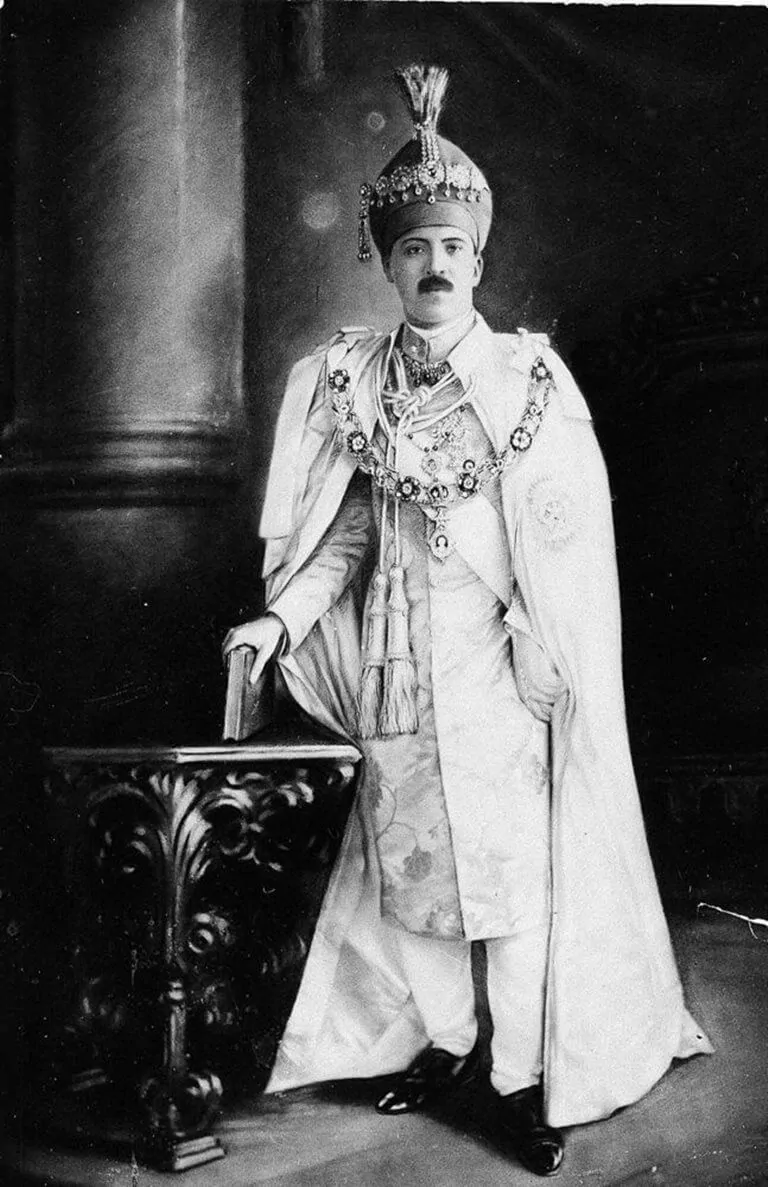
Mir Osman Ali Khan became the Nizam of Hyderabad on August 11, 1911, after the death of his father, Mir Mahbub Ali Khan. Born on April 6, 1886, he ruled the princely state until 1948. Many structures built during his reign still stand as part of Hyderabad’s rich heritage. His first decree abolished capital punishment, a policy he upheld throughout his rule.
In 1937, TIME magazine featured him on its cover, calling him “The Richest Man in the World.” At that time, his wealth was estimated at $2 billion, which would be over $30 billion today. His palace contained trunks filled with diamonds, rubies, sapphires, pearls, and other gemstones. Notably, he used the massive 185-carat Jacob Diamond as a paperweight.
The Wodeyar family

In 1612, Raja Wodeyar seized Mysore from the Vijayanagara Empire by deposing its ruler, Tirumalaraja. Enraged, Tirumalaraja’s wife, Alamelamma, fled with the royal jewelry to Talakadu. When Wodeyar’s soldiers tried to seize the ornaments, she jumped into the Cauvery River, cursing the Wodeyars with an heirless future.
Her words seemed prophetic. From that point on, Wodeyar kings had male heirs only in alternate generations. When a ruler had no son, his nephew became the heir. For instance, Nalwadi Krishnaraja Wodeyar had no children and chose his nephew, Jayachamaraja, as his successor. Jayachamaraja’s son, Srikantadatta, also died childless.
Despite skepticism about the curse, historian Dr. A. Veerappa noted that six Wodeyar rulers since the 17th century had to adopt nephews as heirs. To honor Alamelamma, the Wodeyars installed a statue of her in the Mysore Palace, where it remains a revered figure.
Nawab Muhammad Mahabat Khan III, the state of Junagarh

The Nawab of Junagarh was renowned for his love of dogs. He owned around 800, each housed in separate apartments equipped with telephones, electricity, and servants. A British vet was also assigned to care for them.
In the early 1900s, he arranged an extravagant wedding for his favorite dog, Roshana, to another dog, Bobby. The celebration cost £12,000 at the time, equivalent to about £1.2 million today. Roshana was shampooed, perfumed, and adorned with jewels before the ceremony. The Nawab invited Indian princes and senior British officials, including the Viceroy of India, Lord Irwin. While the Viceroy declined, many dignitaries attended the wedding, followed by a lavish banquet.
Maharani Gayatri Devi, also known as Rajmata of Jaipur
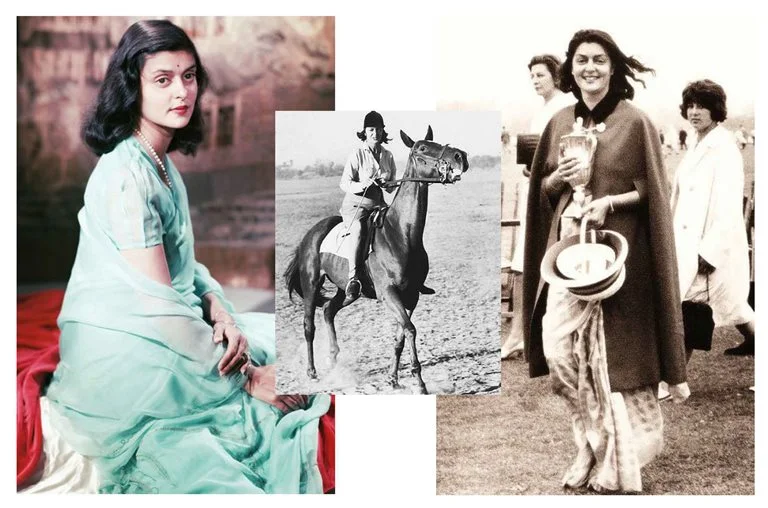
Maharani Gayatri Devi, once listed among Vogue Magazine’s “Ten Most Beautiful Women of the World,” led an extravagant life. The daughter of the Maharaja of Cooch Behar, she inherited a passion for fashion from her mother, Maharani Indira Devi. At one point, she ordered 100 pairs of shoes from famed designer Salvatore Ferragamo, some adorned with diamonds.
Despite her privileged background, she championed women’s empowerment. In 1943, she founded the Gayatri Devi School for Girls with just 40 students. Today, it is one of India’s top schools. She also actively opposed gender discrimination and engaged in politics. In 1962, she won her first election, securing 1,92,909 votes out of 2,46,516—an achievement that placed her in The Guinness Book of Records.
She later joined the Swatantra Party, formed to challenge Congress rule in Rajasthan. Her political success gained international recognition, and President John F. Kennedy introduced her as “the woman with the most stunning majority ever achieved in an election.”
Top Himachal Tour Packages Same Day Tours
Conclusion
The extravagant lives of India’s royals were filled with grandeur, wealth, and eccentricity. From opulent jewelry to pet weddings, their stories remain a fascinating part of history. Though they lost their official status, their legacies continue through their contributions to architecture, politics, and culture.


